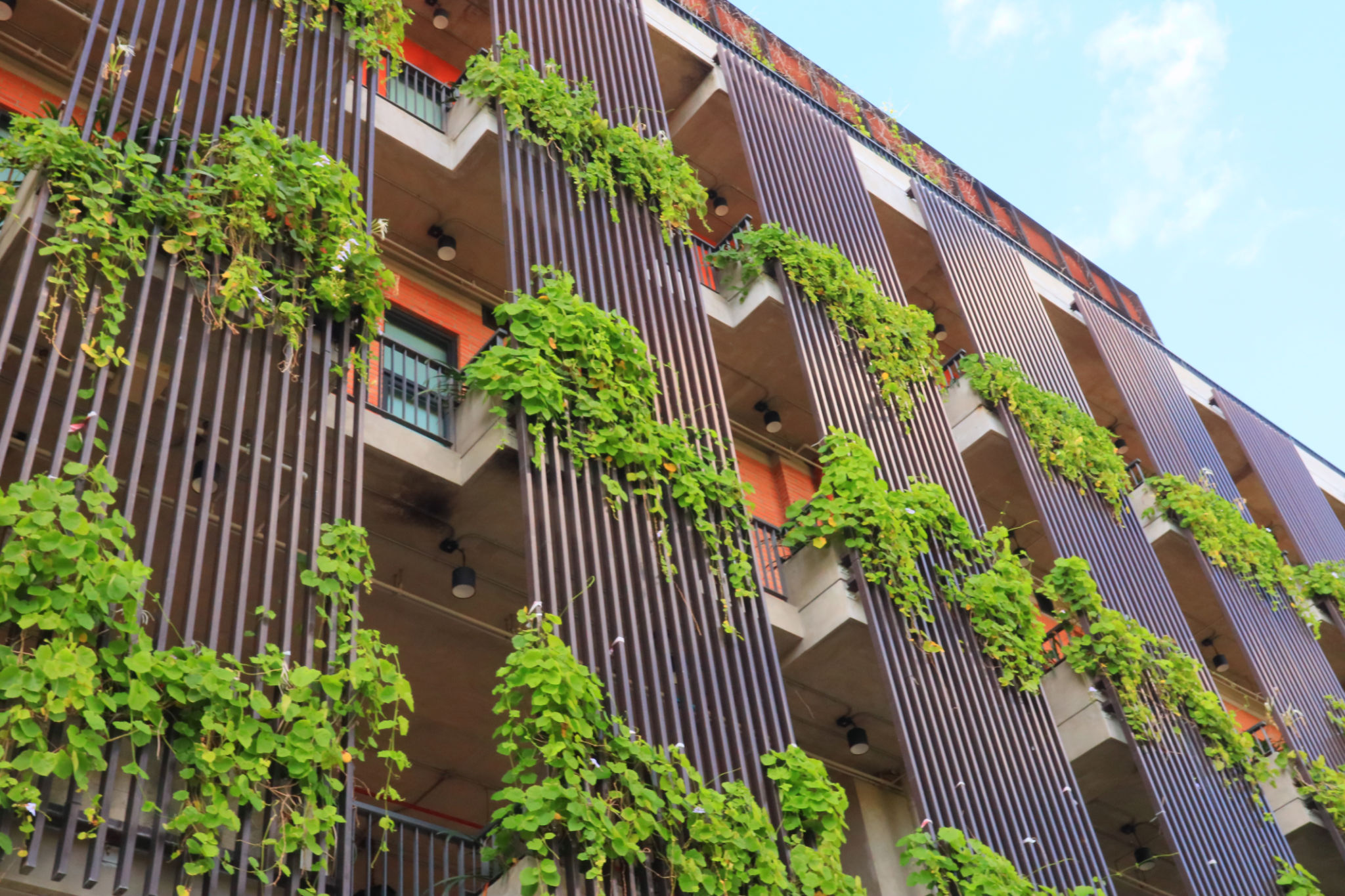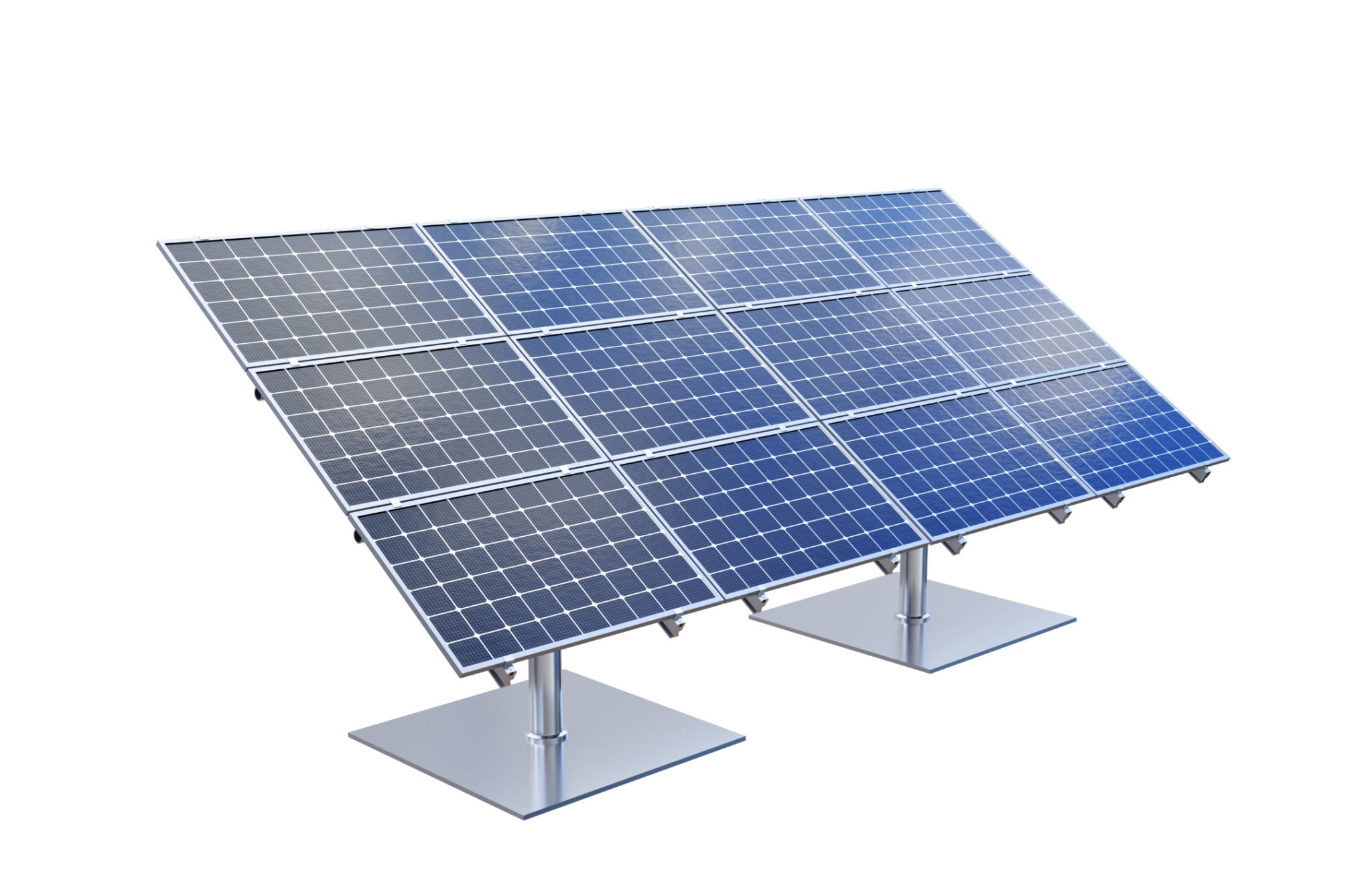Eco-Friendly Construction Practices for a Greener Miami
Understanding Eco-Friendly Construction
As urban areas like Miami continue to expand, the need for sustainable construction practices becomes ever more crucial. Eco-friendly construction aims to reduce the environmental impact of building activities and promote sustainability. By incorporating green building practices, Miami can not only enhance its urban landscape but also contribute to a healthier planet.
Eco-friendly construction involves the use of sustainable materials, energy-efficient designs, and waste reduction techniques. These practices help reduce the carbon footprint of new buildings and renovations, creating a more sustainable future for the city. Moreover, these methods often lead to cost savings in the long run through reduced energy consumption and maintenance costs.

Sustainable Material Choices
Choosing the right materials is a fundamental aspect of eco-friendly construction. Sustainable materials are often sourced from renewable resources and have a lower environmental impact during their production and disposal. Common examples include bamboo, recycled steel, and reclaimed wood.
Concrete, a staple in modern construction, can also be made more sustainable by incorporating recycled content or using alternative binders that reduce CO2 emissions. In addition to being environmentally friendly, these materials often contribute to improved indoor air quality and enhanced building performance.
Benefits of Sustainable Materials
The use of sustainable materials offers numerous benefits. They tend to be more durable, reducing the need for frequent replacements and repairs. Additionally, their production processes often require less energy, further supporting eco-friendly goals. Builders in Miami can take advantage of these benefits while also providing healthier living spaces for residents.

Energy-Efficient Designs
Energy efficiency is a key component of eco-friendly construction. By designing buildings that use less energy for heating, cooling, and lighting, developers can significantly reduce operational costs and environmental impact. Many buildings in Miami are now incorporating features such as solar panels, energy-efficient HVAC systems, and LED lighting.
Passive design strategies are also gaining popularity. These include maximizing natural light through strategic window placement and utilizing thermal mass to regulate indoor temperatures. By reducing dependency on artificial energy sources, these designs contribute to a greener Miami.
Incorporating Renewable Energy
Incorporating renewable energy sources such as solar and wind power into building designs is another effective way to achieve energy efficiency. Solar panels are particularly suitable for Miami's sunny climate and can significantly reduce electricity bills while decreasing reliance on fossil fuels.

Waste Reduction Techniques
Reducing waste during construction is essential for eco-friendly practices. This involves minimizing material waste through efficient planning and implementing recycling programs on-site. Construction companies can also donate surplus materials to local organizations or reuse them in future projects.
Additionally, deconstruction rather than demolition allows for the recovery of valuable materials that can be reused or recycled. By fostering a culture of waste reduction, Miami's construction industry can further its sustainability efforts and minimize its environmental impact.
The Role of Technology
Technology plays a significant role in promoting eco-friendly construction practices. Innovations such as Building Information Modeling (BIM) allow for precise planning and resource management, leading to reduced material waste and improved efficiency. As technology continues to advance, it will undoubtedly play an even greater role in creating a greener Miami.

